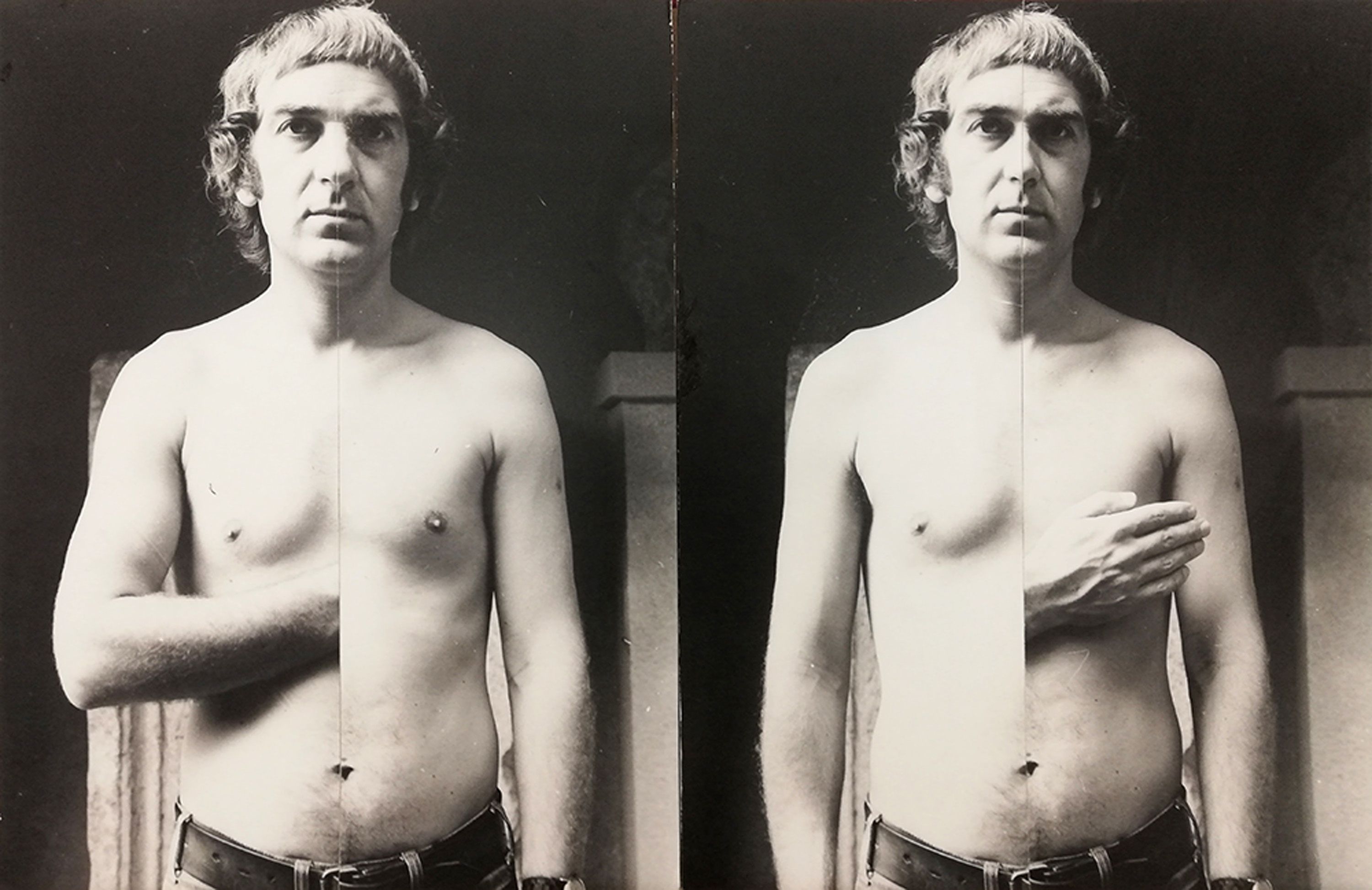Sándor Pinczehelyi
Enamels (1970-72)
| Venue: | acb NA |
| Date: | Mar 10 – Apr 28, 2017 |
Description
Along with four of his fellow artists – Ferenc Ficzek (1947-1987), Károly Halász (1946-2016), Károly Kismányoky (1943) and Kálmán Szijártó (1946) –, Sándor Pinczehelyi (1946) was a founding member of the Pécs Workshop. Owing to the painter and teacher Ferenc Lantos, enamel as a material and medium had an important role in their joint endeavours between 1969 and 1971. Their older master introduced them to the enamel factory of Bonyhád and urged them to take advantage of the possibilities offered by enamel as a medium in developing their new visual language. Each summer for those three years, the young artists had 10 days to indulge in exploring this material. In the course of these sessions they were creating geometrical compositions by fusing industrial enamel to iron plates with the assistance of the factory’s workers. They made large compositions compiled from smaller units or using a single large plate. The compositions feature sleek geometrical shapes employing various proportional and compositional principles.
Pécs was one of the cradles of visual experimentation and progressive spirit, as in Hungary, the legacy of Bauhaus – or more precisely, the channelling of art into people’s daily lives using industrial means – was most deeply rooted in this city owing to the careers of several Pécs-born Bauhaus disciples, such as Marcell Breuer, Alfréd Forbát, Farkas Molnár, Henrik Stefán and Andor Weininger. This cultural tradition was coupled with Victor Vasarely’s influence, who was also born in Pécs, and whose Colourful City concept was known to the Pécs Workshop’s members, as by the mid-sixties, the France-based émigré artist had rekindled ties with his native city. The art scene of Pécs was aware of his idea propagating the expansion of the representation of art from exhibition halls to the city’s public spaces.
In this spirit, the young artists were convinced that their enamel works should be exhibited outdoors as well as indoors, as beyond creating geometrical compositions, they endeavoured create large variational systems from enamel modules, in which monumentality and seriality would be coupled with the painterly character of the medium. In spite of this, although their practice also involved a confrontation of geometry and natural environment, their enamel works were on display exclusively indoors, and their outdoor display – in public spaces, on facades – never came to pass.
Enamel was of course not exclusively a medium of Pécs-born artists: it can be found in the oeuvres of Imre Bak, János Fajó, Kamill Major and Gyula Pauer as well. Nevertheless, the legitimacy of enamel in contemporary art is yet to be recognized. As part of our series of exhibitions introducing the artists of the Pécs Workshop, the selection of enamel works by Sándor Pinczehelyi intends to shed light to this deficiency, calling attention to an underrated conceptual, mediatic and site-specific segment that seeks to be (re)discovered and researched.

